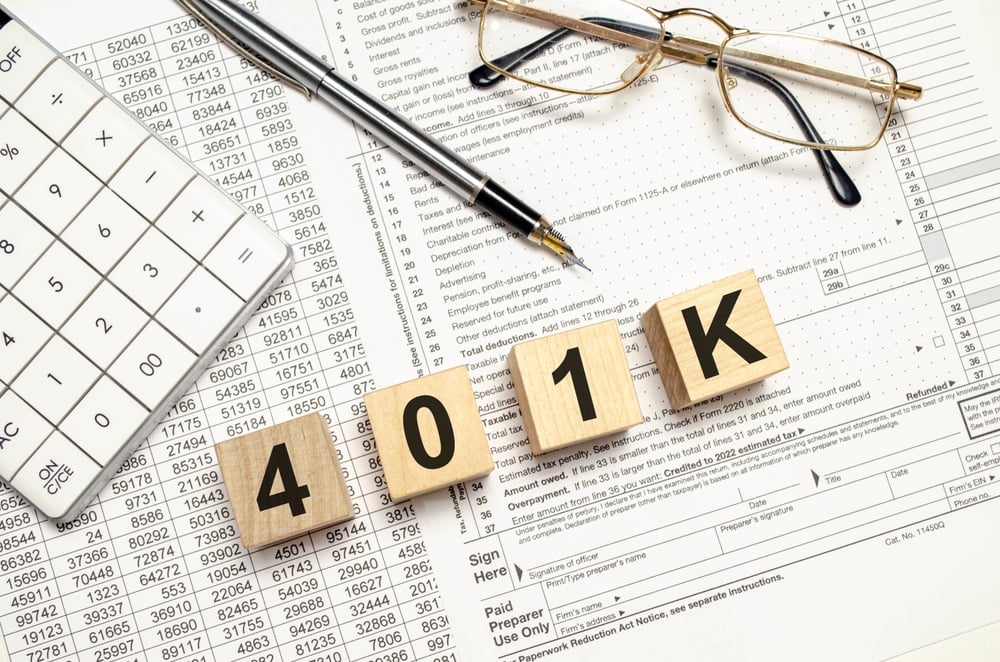Does your employee benefit plan need an audit?
Do you offer benefit plans to your employees like 401(k)? Then you may be required to have the plan audited by an independent public accountant under...
2 min read
Baldwin CPAs 4/10/24 4:32 PM

Employers who offer employee benefit plans like health insurance or retirement benefits are governed by the Employee Retirement Income Security Act of 1974 (ERISA). ERISA is a federal law that requires employee benefit plan administrators to follow certain requirements to remain in compliance with the law. Below, we’ll look at 5 of the key areas you need to watch to ensure that your plan is in compliance.
Under ERISA, plan administrators need to file certain returns with the Department of Labor and the IRS. These informational returns include a variety of documents such as summary plan descriptions, employee communication materials, and employee enrollment forms. Plans are also required to report when any modifications are made to the plan like an increase or decrease in coverage.
ERISA requires plan administrators to provide employee participants with information about the plan’s features and funding. The documents that administrators provide to participants need to follow ERISA’s specifications. However, many plan sponsors may use documents that aren’t ERISA compliant. For example, some organizations may use booklets from their insurance carriers, which don’t meet ERISA’s plan documentation standards or conform to the plan’s administrative practices.
ERISA also has requirements surrounding disclosure. Under the law, plan administrators are required to share information with the Department of Labor and the plan’s participants upon request. Participants are able to get a variety of comprehensive information on the plan including levels of coverage and financial information. There may also be additional disclosure requirements for retirement plans.
Under ERISA, welfare plans need to establish a procedure for processing benefit claims. Employee benefit participants can ask their employer for this claims procedure in writing to better understand what it entails. This procedure must be followed when processing and paying claims. Plans also have to provide information to the participant when their claim has been denied. If the claim has been denied, the participant has the right to appeal this denial through the established appeals process.
According to ERISA, a welfare plan is any plan, program, or fund that employers use to offer different types of benefits like group medical plans, which include health care flexible spending accounts (FSAs) and medical reimbursement plans, group dental and visions plans, group life insurance plans, and group short-term disability plans. Welfare plans can also include unemployment benefits, vacation benefits, scholarship funds, and training and apprenticeship programs.
If you offer welfare plans under ERISA, your organization is required to distribute plan information to employees when the plan goes into effect or as new employees undergo orientation. Whether your plan administrator is a third party, insurance company, or agent, you will want to make sure that they are complying with ERISA requirements for welfare plans.
Retirement plans also have to meet the complex requirements of ERISA. These requirements impact a number of different retirement features like fiduciary responsibility and reporting as well as disclosure requirements. ERISA outlines when an employee is allowed to become a participant, how long the employee has to work before they have a non-forfeitable interest in the benefit, how long they can be away from their job before it impacts the retirement benefit, and whether a spouse has a right to retirement benefits if the employee dies.
One of the compliance requirements for retirement plans under ERISA is that the administrator provides participants with information about the plan regularly and automatically. The law also has detailed funding rules that require the employee benefit plan sponsor to offer adequate funding for the plan.
Employee Benefit Plan Audits
If you have 100 or more employees with existing balances at the start of the plan year, then you are required by ERISA to undergo an audit of this plan. This audit helps ensure that your plan is in compliance with federal law and helps protect your organization from legal action. If your organization currently has 80 or more plan participants, it is time to start thinking about hiring an experienced employee benefit plan auditor.
Baldwin CPAs, PLLC specializes in providing comprehensive, quality audits of employee benefit plans. As a member of the American Institute of Certified Public Accountants (AICPA) Employee Benefit Plan Audit Quality Center, our team is dedicated to staying up-to-date with the latest professional standards and regulations associated with these complex audits. To learn more about our employee benefit plan audits, contact us today.

Do you offer benefit plans to your employees like 401(k)? Then you may be required to have the plan audited by an independent public accountant under...

As the plan administrator, you do your best to keep your employee benefit plan in compliance. However, once your plan has 100 or more participants...

The Department of Labor issued an updated Fact Sheet outlining revisions to the Form 5500 Annual Return/Report of Employee Benefit Plans and Form...